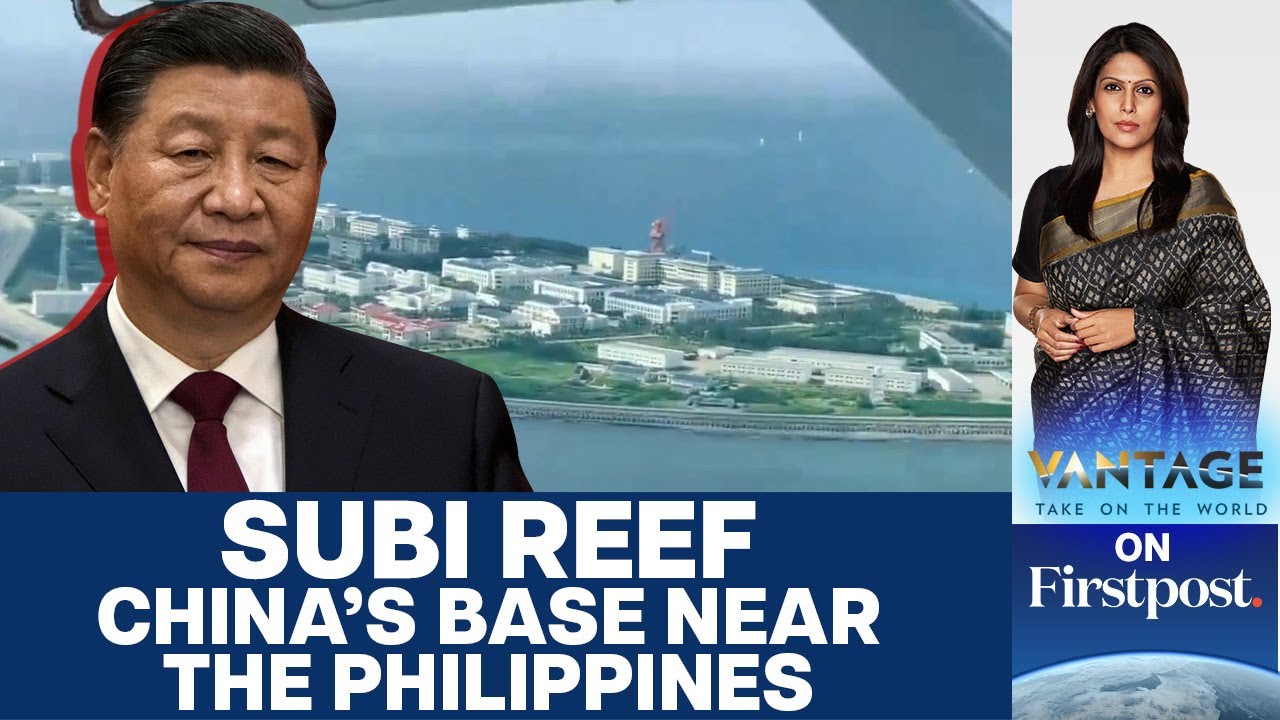Ano ba ang basehan para maipaglaban ng Pilipinas ang Spratly Islands? | The Atom Araullo Specials
Summary
TLDRThe video discusses the Philippines' territorial claims over the Spratly Islands in the South China Sea, emphasizing the historical and legal bases for these claims. Former Associate Justice Antonio Carpio highlights the importance of ancient maps, including the Murillo Velarde map from 1734, as evidence of the Philippines' ownership. He argues for a challenge to China's claims and suggests submitting the dispute to voluntary arbitration at the International Court of Justice. The discussion underscores the complexities of international law and the significance of historical treaties in shaping territorial rights.
Takeaways
- 🌏 The Spratly Islands are located 58 km from Puerto Princesa, beyond the Philippines' 370 km exclusive economic zone (EEZ).
- 📜 Antonio Carpio argues that the Philippines has a strong claim to the Spratly Islands but has failed to articulate it effectively.
- 🗺️ Historical maps, like the Murillo-Villar de Map from 1734, serve as evidence of the Philippines' territorial rights over the Spratlys.
- 🇵🇭 The Philippines' territorial claims are supported by official maps from Spain that include Scarborough and the Spratly Islands.
- 📅 The Treaty of Paris (1898) transferred control of the Philippines to the U.S. but excluded the Spratly Islands and Scarborough from the agreement.
- 💰 The Treaty of Paris involved a payment of $20 million, yet it did not clearly define the boundaries of the territories included.
- ⚖️ The Treaty of Washington is highlighted as a crucial agreement that reinforces the U.S. perspective on the inclusion of these territories.
- 🛡️ Carpio recommends that the Philippines should challenge China, Vietnam, and Malaysia to submit territorial disputes to voluntary arbitration.
- 🧾 Validating claims through international arbitration is proposed as a strategy to strengthen the Philippines' position.
- 🔍 If other nations refuse arbitration, it could indicate weaknesses in their territorial claims, highlighting the need for legal action.
Q & A
What is the significance of the Spratly Islands in the context of territorial claims?
-The Spratly Islands are crucial in territorial disputes in the South China Sea, particularly between the Philippines and China. They are located within the Philippines' exclusive economic zone but are claimed by multiple countries.
Who is Antonio Carpio, and what is his stance on the Philippines' claim to the Spratly Islands?
-Antonio Carpio is a former associate justice of the Philippine Supreme Court who played a significant role in the legal case the Philippines brought against China regarding the South China Sea. He believes that the Philippines has the strongest claim to the Spratly Islands.
What evidence does Carpio provide to support the Philippines' claim to the Spratly Islands?
-Carpio cites historical maps, including the Murillo Villard map from 1734, which he argues shows that the Spratly Islands have been recognized as part of Philippine territory long before current disputes arose.
How did historical treaties impact the Philippines' territorial claims?
-The Treaty of Paris in 1898, which transferred the Philippines from Spain to the United States, did not explicitly include the Spratly Islands, leading to ambiguity in the Philippines' territorial rights.
What was the role of the Treaty of Washington in the context of the Spratly Islands?
-The Treaty of Washington involved negotiations between the US and Spain that inadvertently excluded certain islands from the formal agreement, creating confusion over territorial rights.
What does Carpio suggest regarding the Philippines' approach to its territorial claims?
-Carpio recommends that the Philippines challenge China, Vietnam, and Malaysia to submit their territorial disputes to voluntary arbitration, which would help clarify and assert the Philippines' claims.
Why is the recognition of historical maps important in international law?
-Historical maps serve as vital evidence in establishing a country's territorial claims, as they can demonstrate longstanding recognition of certain areas as part of a nation's territory.
What is the significance of the arbitral tribunal's decision regarding the South China Sea?
-The arbitral tribunal ruled in favor of the Philippines in 2016, affirming that China's claims over large parts of the South China Sea have no legal basis, which strengthens the Philippines' position in international law.
How does Carpio view China's historical claims over the Spratly Islands?
-Carpio argues that China's historical claims are weak, asserting that they never had formal control or recognition of the Spratly Islands in their historical maps.
What challenges does the Philippines face in asserting its claims in the Spratly Islands?
-The Philippines faces significant challenges, including China's military presence and assertiveness in the region, which complicates diplomatic and legal efforts to enforce territorial rights.
Outlines

Этот раздел доступен только подписчикам платных тарифов. Пожалуйста, перейдите на платный тариф для доступа.
Перейти на платный тарифMindmap

Этот раздел доступен только подписчикам платных тарифов. Пожалуйста, перейдите на платный тариф для доступа.
Перейти на платный тарифKeywords

Этот раздел доступен только подписчикам платных тарифов. Пожалуйста, перейдите на платный тариф для доступа.
Перейти на платный тарифHighlights

Этот раздел доступен только подписчикам платных тарифов. Пожалуйста, перейдите на платный тариф для доступа.
Перейти на платный тарифTranscripts

Этот раздел доступен только подписчикам платных тарифов. Пожалуйста, перейдите на платный тариф для доступа.
Перейти на платный тарифПосмотреть больше похожих видео

China RECOGNIZES Philippines' Claim in West Philippine Sea (Evidence Revealed!)

China Militarises Island near the Philippines: How will Manila React? | Vantage with Palki Sharma

The West Philippine Sea Dispute, Explained

Sabina Shoal: China Says “Patience is Limited,” The Philippines Sends Warships | From The Frontline

What disputed territories are China and Philippines sparring over in the South China Sea?

What is the extent of our Philippine territory? (a prelude to the principle of territoriality)
5.0 / 5 (0 votes)
